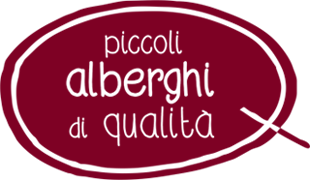Discover The Beauty Of Romagna
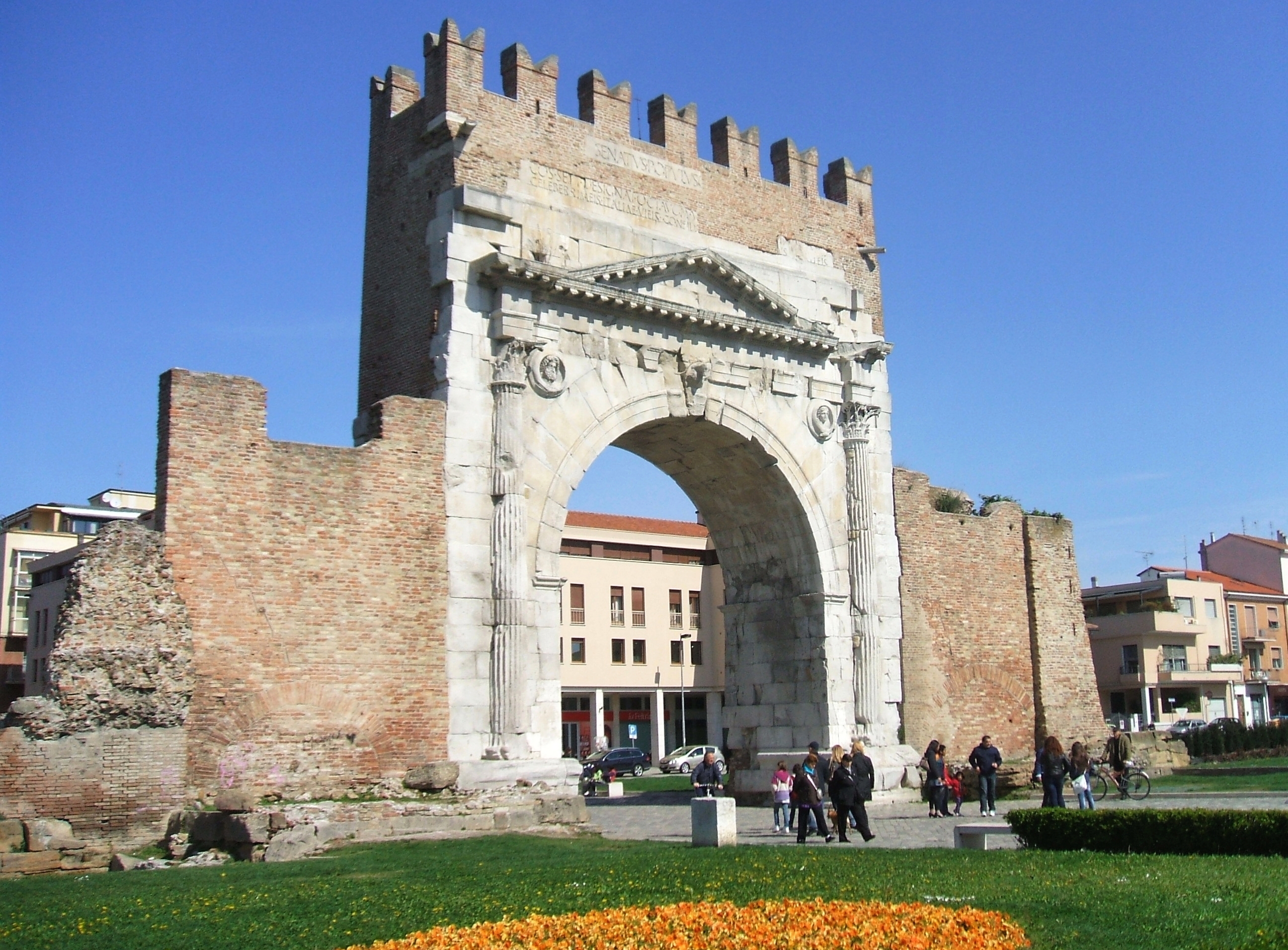
Rimini, ancient and modern, popular and cultural, spectacular and artificial. Immortalized by Federico Fellini, great master of cinema who has exported the myth all over the world. The square of Marina Centro, where the characteristic four horses’ fountain is located, is dedicated to him. More important are the roman ruins: the Tiberius Bridge,on the Marecchia River, one of the most renowned surviving roman bridges; the August Arch, the oldest of the roman arches; not too far there are the ruins of an amphitheater.
After many barbarian invasions, Rimini was conquered by the Malatesta who built: the Tempio Malatestiano, also known as Duomo of Rimini and Castel Sismondo,majestic and recently renovated. Of particular beauty is the “Borgo San Giuliano”, the old fishermen neighborhood, with its typical houses and narrow streets. This place give us an idea of what the city was before becoming the capital of tourism.
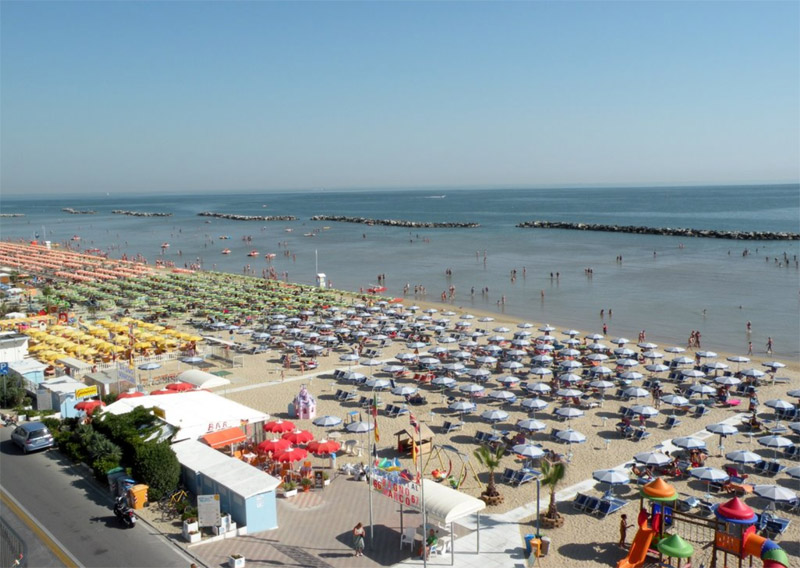
Located at the northern end of the Rimini Riviera, Bellaria Igea Marina has a long history as evidenced by the archeological Roman ruins in its territory, the ancient churches and the mighty Saracen Tower, symbol of the city which tells of raids by Turkish pirates in ancient times.
At the end of the 20th century Rimini was discovered by the rich bourgeoisie of the great cities of the north and became the ideal place for their holidays. The long, low and welcoming coastline, fascinated the pioneers of tourism in the late 19th century. Nowadays who chooses Bellaria for his holiday, choose an oasis where fun is mix with the relax, the sun, the sea and the green of the hinterland.
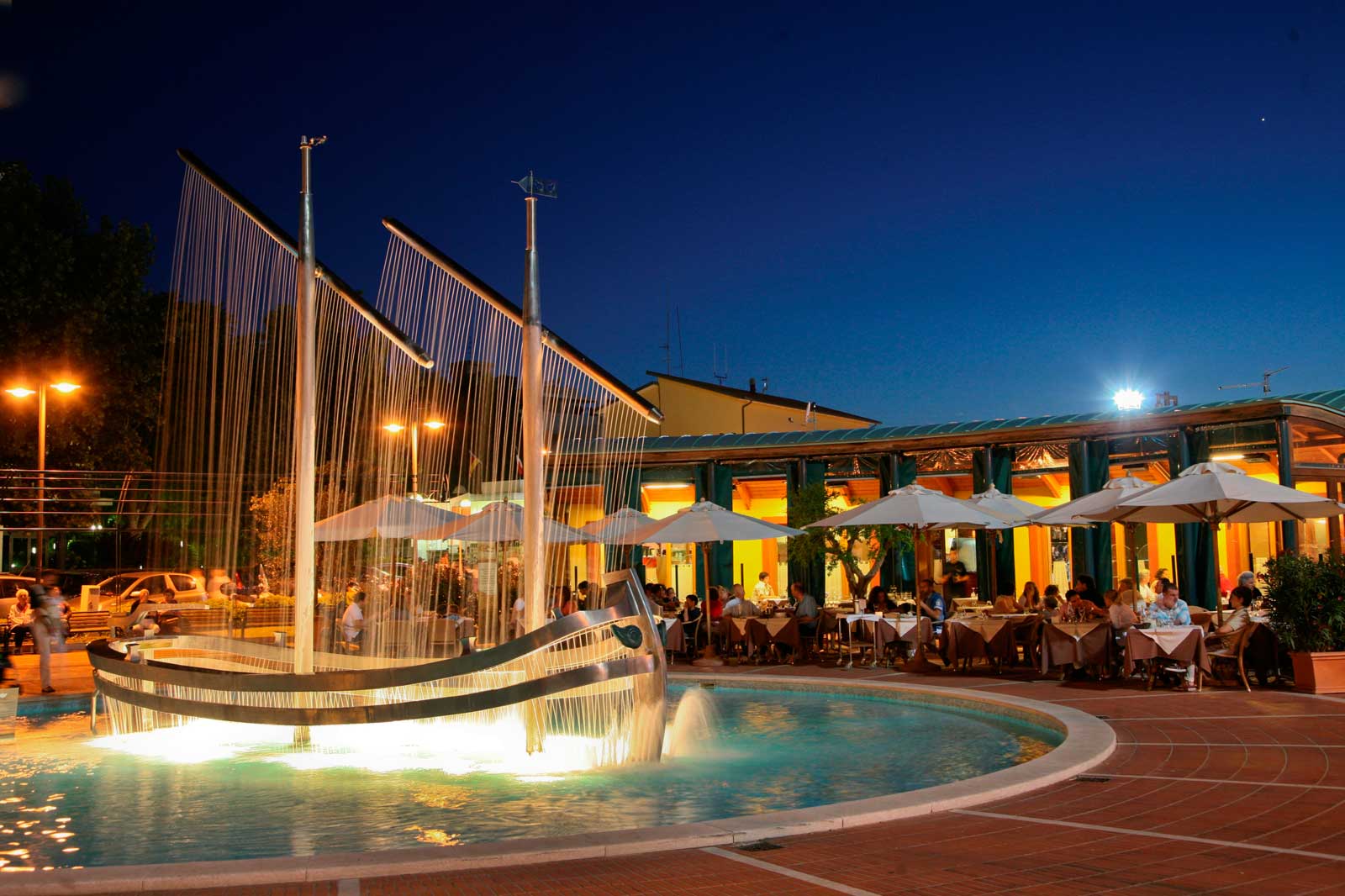
Where the Romagna gives way to the hills of the Marche you meet Cattolica, the “Queen of the Adriatic”. It is an important fishermen center as well as a renowned seaside resort with a lot of villas, hotels and bathing establishments located along the coast. The latter is in fact long for miles and ends with the promontory of Gabicce.
Known since the 18th century, the city has been many urban redevelopment that have innovated the public spaces. Beaches, pedestrian island, theater, open-air arena, musicals, water games and lights make your holidays unforgettable. The traces of the ancient maritime tradition and the origin of the city are kept in the Queen’s Museum.
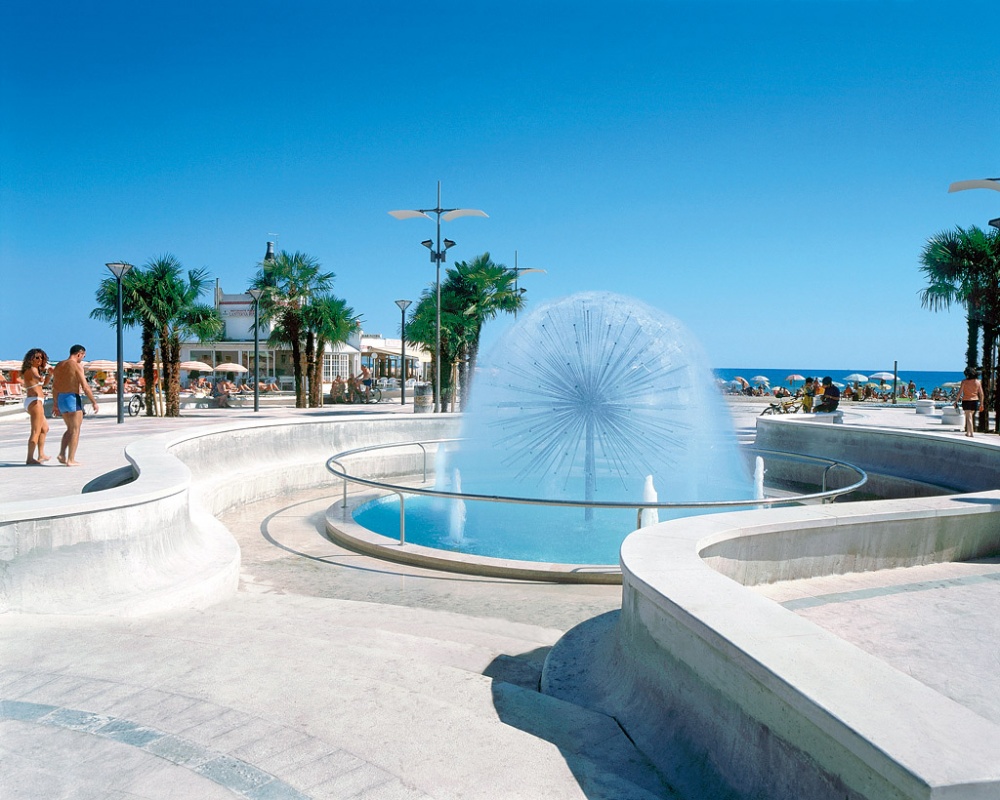
Ideal seaside resort for family holidays, is the goal of many athletes due to the uncountable events. Misano is, with the marina of Portoverde, an important destination for seafaring tourism. Furthermore is thanks to the modern Misano World Circuite Santamonica impress adrenaline to all those who love exciting motorcycle and automotive competitions, such as MotoGP and Superbike. Pedestrian areas colored by evening markets, golden beaches, green areas in the center complete the picture of the city. Not to be missed the visit to the natural Oasis and Ornithological observatory along the Conca River, or a motorboat excursion on the Queen Elisabeth, towards the natural park of Monte San Bartolo, the Bay of Vallugola or along the routes of the loggerhead turtles.
The archeological finds that in various eras, especially in recent decades, have come to light in our territory, prove the roman origins of Misano. From the postwar period the history of the city is interwoven with its tourism development: Today Misano is an important destination for international tourism.
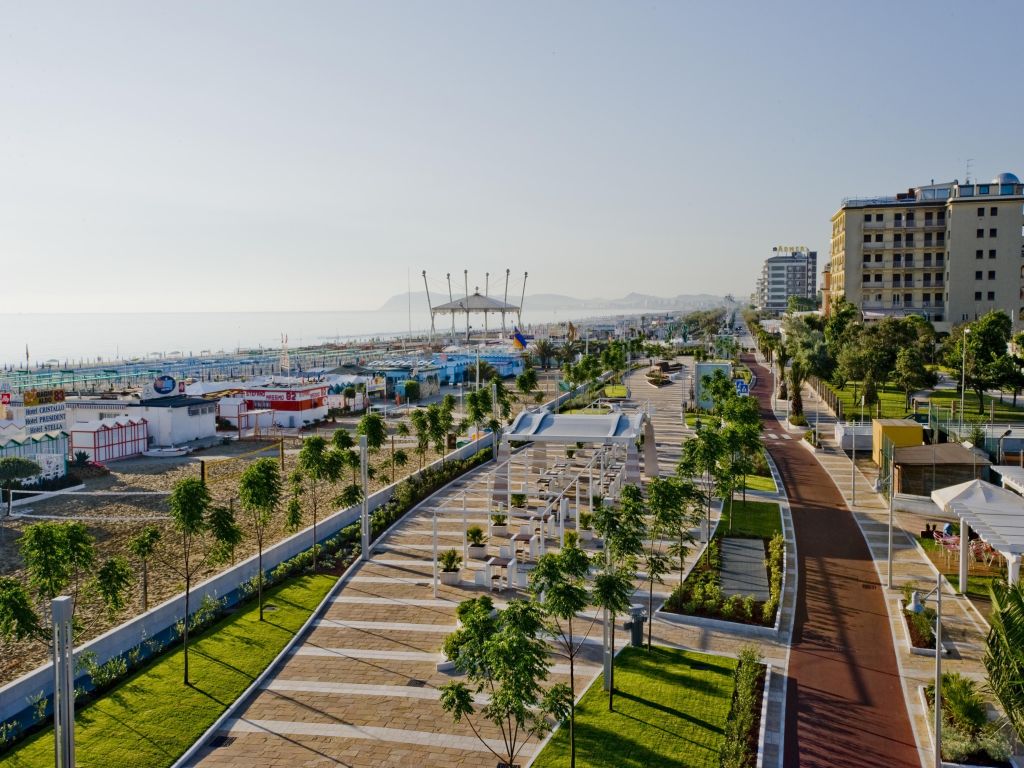
The step from the hamlet of Rimini to a town of strong personality in 1920 was natural. Born as a garden city, grown as Perla Verde, sung in the Sixties by Dino Sarti and filmed by Dino Risi, Riccione is also today loved by show people. It is welcoming, capricious, funny. It has different ages, styles, languages, fascination. The Malatesta past contained in the Castello dei Marchesi Agolanti, looks at it gently from the hill overlooking the sea. Nearby Aquafan, the first water park in Europe, produces the joy spread every day from RadioDJ. Trendy clubs celebrate trends and in TreBaci street the summer becomes romantic.
In the city center the elegant Viale Ceccarini meet the road of the summer flavours: grilled fish, piadine (our typicall product, a kind of brad), watermelon and ice cream. The city becomes a laboratory of taste. The soft wave of pleasures proceeds to the Oasis of the Spa, along the cycle lane and the 15 km of beach that remains in the heart.
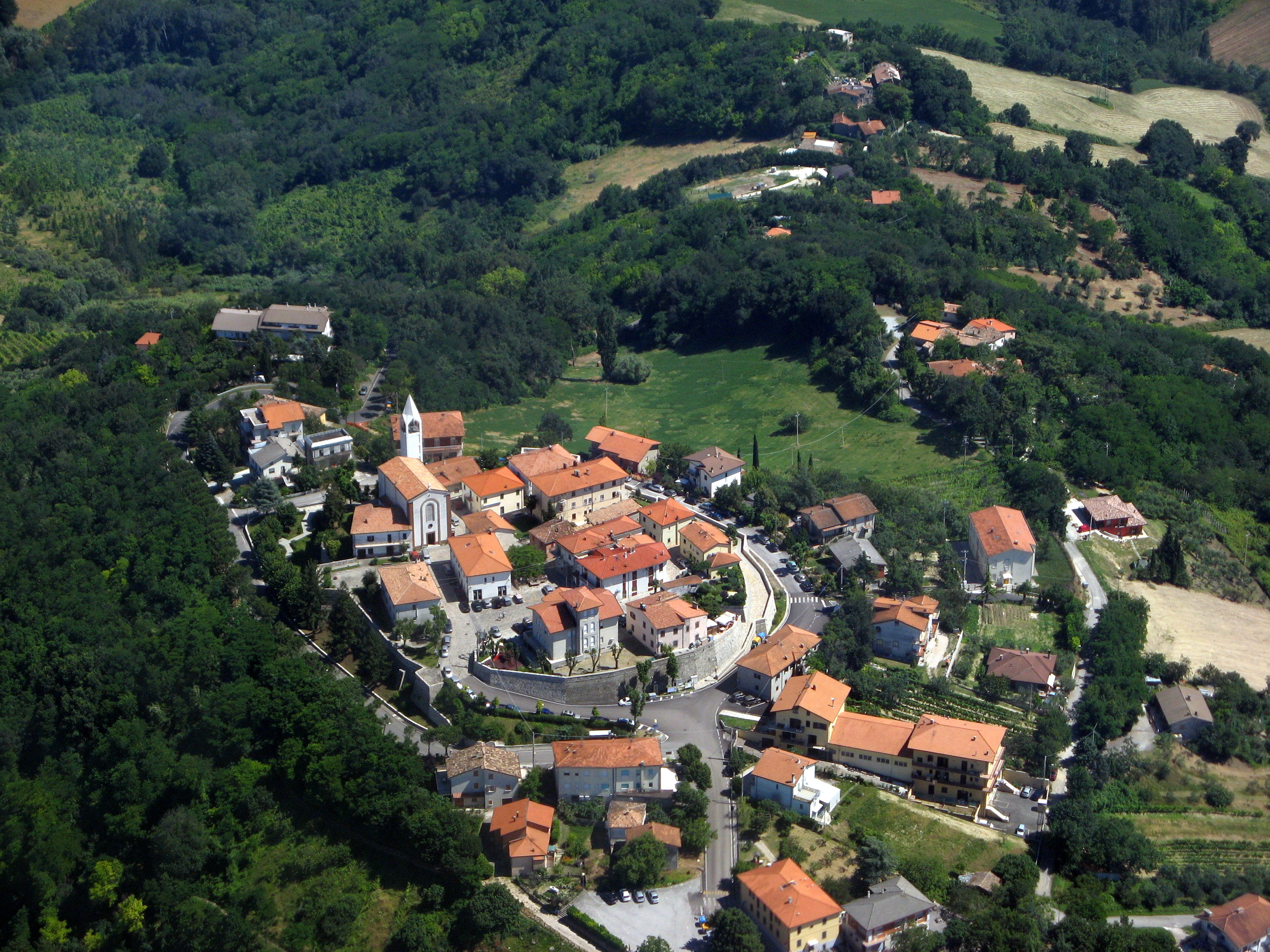
The legend tells that the name “Gemmano” come from “gem in hand”. It is said that an Etruscan soldier was killed by soldiers of Roman army while he was bringing a ring to his girlfriend. The municipality was nicknamed “Balcony of the Adriatic” thanks to the wonderful panoramic views. On the three hills, that dominate the municipal territory, were built the castles of Onferno, Marezzano and Gemmano. Interesting in the small hamlet of Onferno is the park of the Caves and the natural reserve, where the nature and scenic landscapes are combined with the charm and mystery of the most important caves in Romagna.
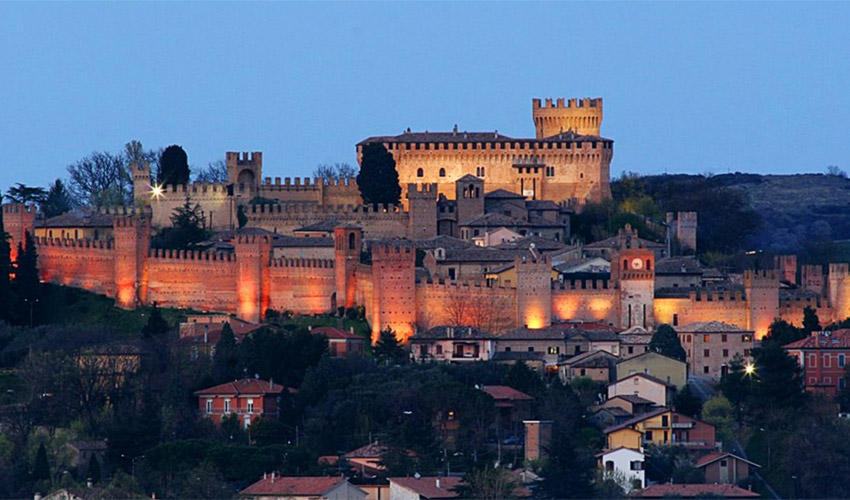
An ancient village where the legend tells took place the love story between Paolo and Francesca. The lovers with their little prudent behavior made suspicious Giangiotto (husband of Francesca and brother of Paolo) who faked a departure to return and surprise the two lovers. Francesca, to save the life of Paolo, made a shield with her body and ended up pierced by her husband's. Paul instead found death in one of the many trap of the fortess. Also Dante in his famous opera the “Divina Commedia” tells the story of the unlucky lovers. He meets Paolo and Francesca in Hell and can see this insane, strong love that wins death and makes them "live" together in the afterlife.
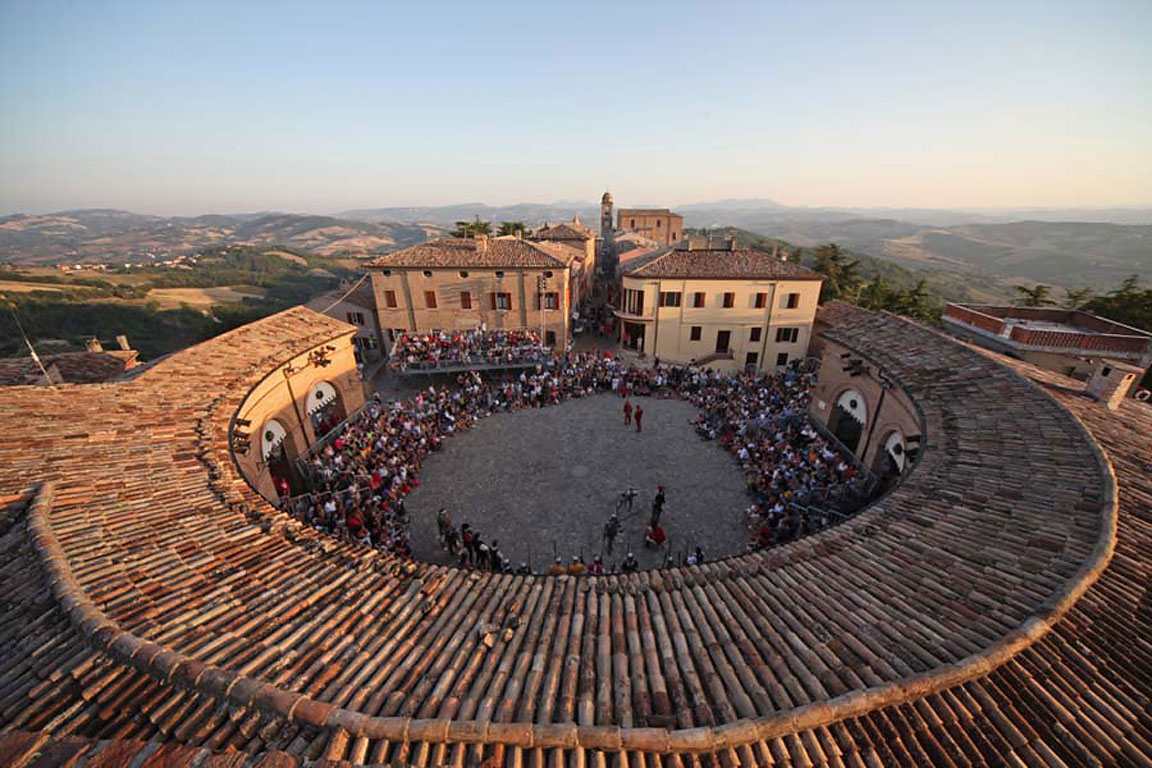
The 14th century Rocca di Mondaino, actually houses the offices of the town Hall and the Paleontological museum where there are numerous fossils. Completely renovated it has lost every wars characteristic. The old town is enclosed in a citys wall where a door with a full-sixth arch is embedded. Recently has been discovered an underground tunnel that joins the Rocca to a nearby watercourse. In the past it was probably an escape route in the event of siege. Furthermore the legend tells that the castle is inhabited by ghosts that would periodically be heard by the towers.
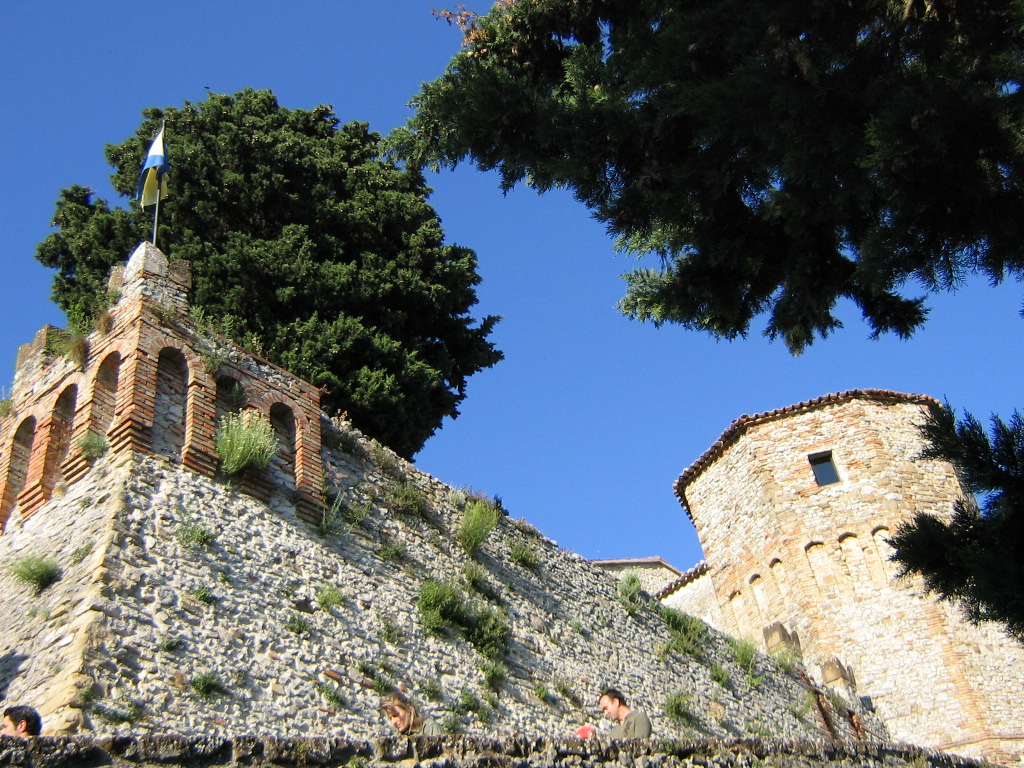
“laugh, girl games, 12 bell tolls, the fast beating of a little heart” this is what you hear on the solstice day in those years ending in “0” and “5”. The story tells of the young daughter of Ugolinuccio Malatesta: Guendalina, mysteriously disappeared at age 8. The child had an anomaly: she was albino and, at that time, this means sign of witchcraft, fruit of the devil. She was nicknamed “Azzurrina”, because the mother dyed her black hair with the purpose of mask the illness; but the hair did not hold the color leaving a bluish reflection. Moreover the legend tells that the last time she was seen was playing with her balls of rangs and disappeared in order to retrieve it inside a tunnel at the end of the stairs that led to the basement.
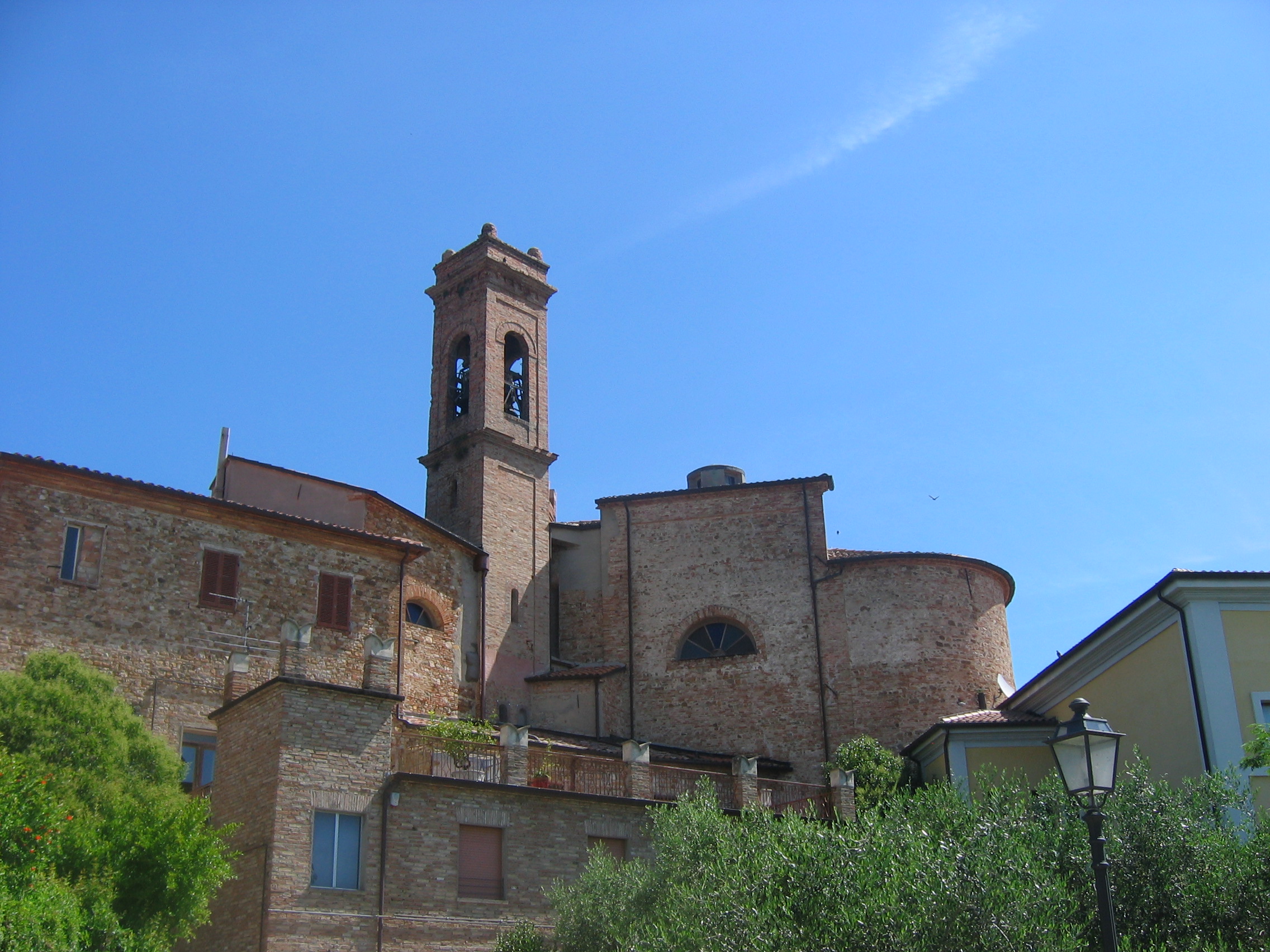
From its very ancient origins, Montecolombo is located on the left side of the Valconca. The territroy consist mostly of smooth hills. Of the oldest fortress remain the access arch and other walls of the aged fortifications. The small village is considered one of the gems of our Apennines. Also in San Savino it is possible to see the ruins of an ancient Malatesta Fortress, recently renovated. Suggest is the stop at Taverna to admire the production of ceramics and terracotta.
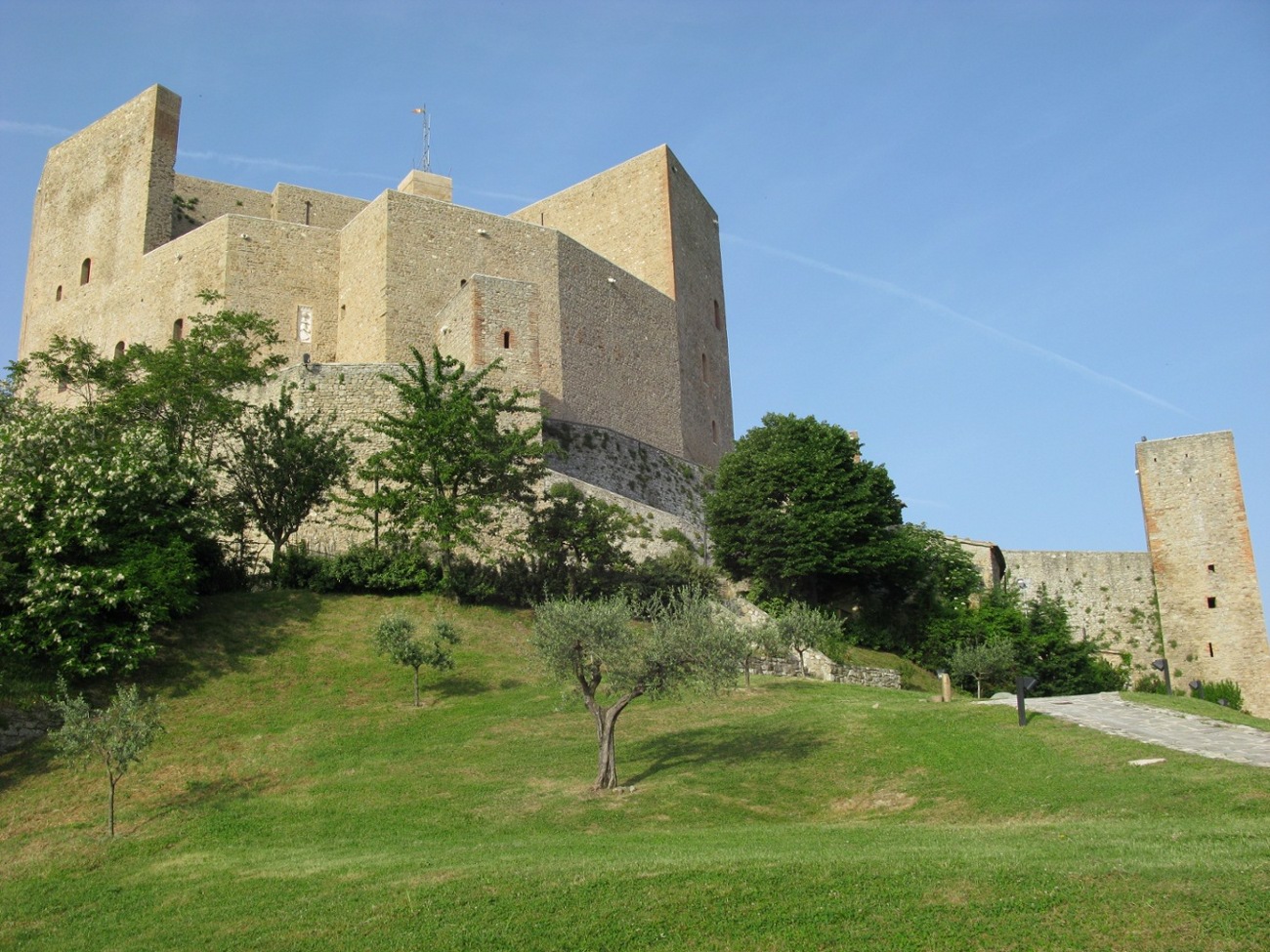
From Rimini you can glimpse, on the top of one of the highest hills of Valconca, a majestic Fortess surrounded by greenery. The view from the top of its walls is enchanting, the see appear very close, and the green and silence area that surrounds it invite you to walk among ancient paths. Montefiore, a village that keeps intact the atmosphere of an ancient hamlet. At that time of the Malatesta it represented the sumptuous holiday residence of the royal family, especially during the hunting seasons. Under the lordship of Malatesta Ungano, it was embellished with many frescoes and paintings. “Fortress of the moon”, this is how the evenings are called where the Fortress becomes a meeting place for sorcerers, alchemists, astronomers and acrobats.
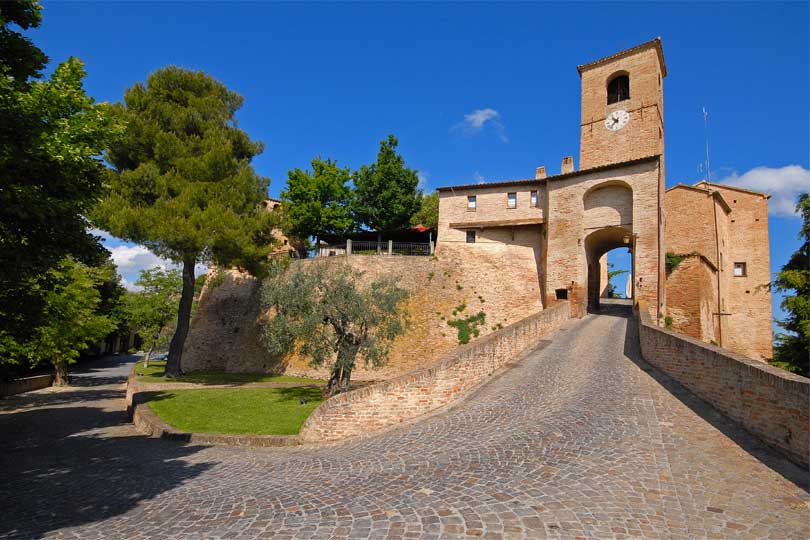
Charming is the ancient fortified hamlet of Montegridolfo, completely renovated thanks to the financial support of the famous stylist Alberta Ferretti. The suggestive 14th century castlestill preserves its original appearance and is now the Town hall. The charm of the past is breathed in the streets, churches, palaces and inside the workshops of ceramists and wood carvers.
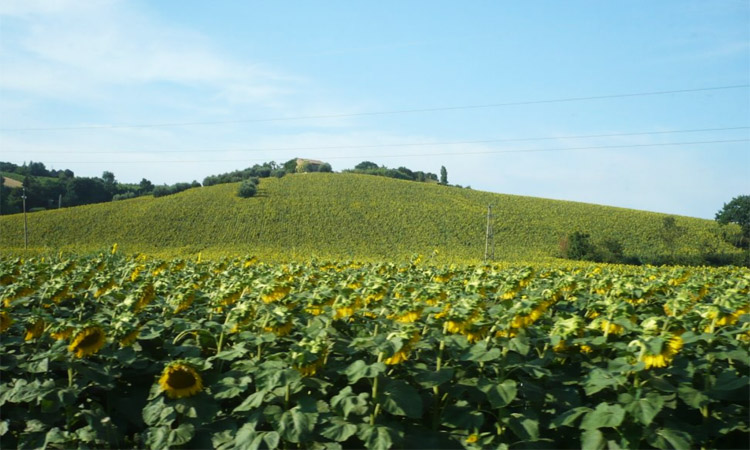
Very ancient Malatesta fortress, where there are numerous testimonies related to the culture and rural word of the past. Inside the walls have been found 22 hand-molded bronze medals depicting the effigy of Sigismondo Pandolfo Malatesta and the Malatesta Temple, now housed in a hall of the Town hall. Worth to be visit in the historical center of the city: the massive walls, the 14th century Civic Tower, the characteristic ice-house and the large and untouched brazier.
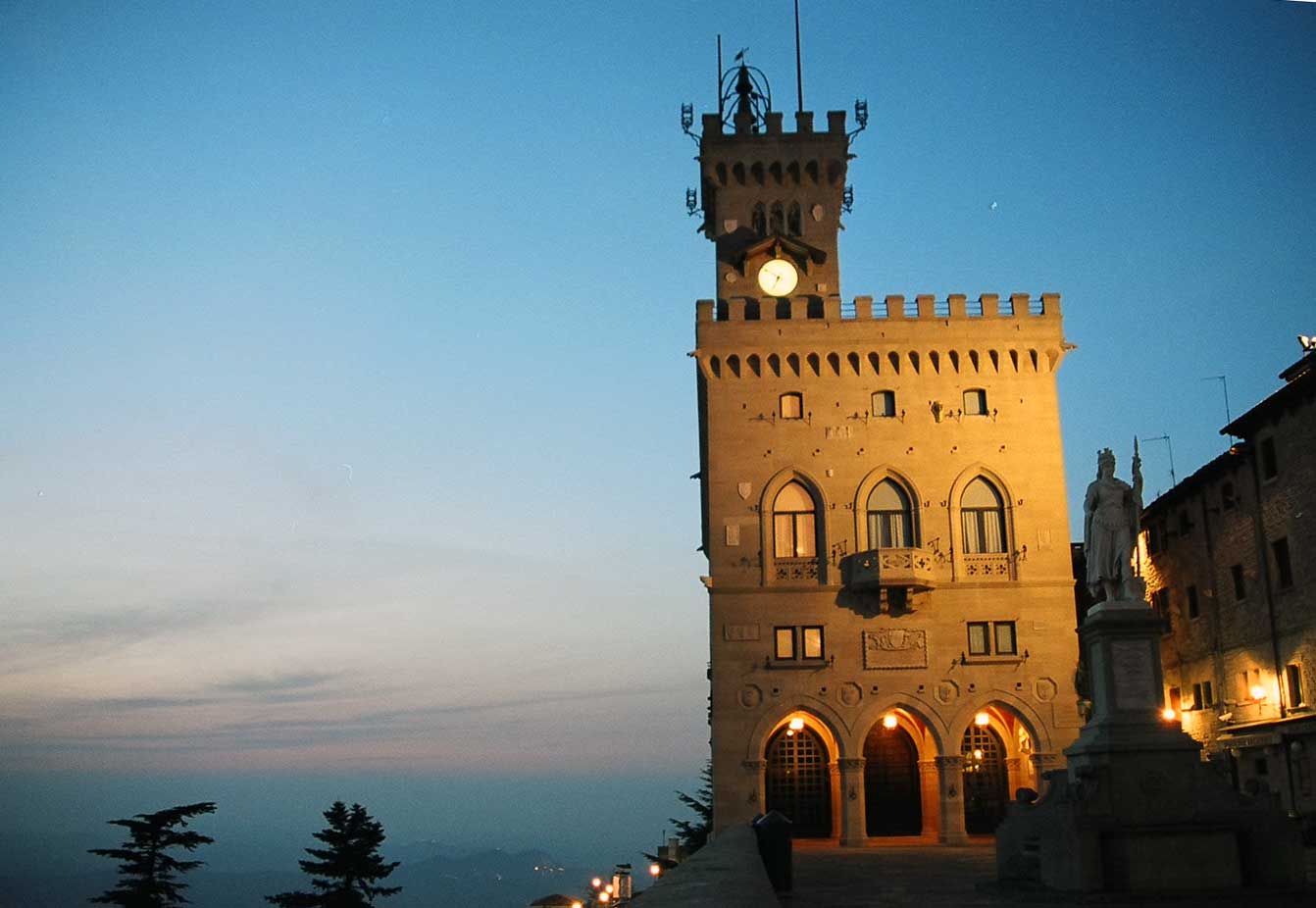
The legend tells that the Republic of San Marino was founded by an expert stone worker, originally from Dalmatia. Marino, was his name, together with Leo (founder of San Leo) went,in order of the emperor Diocleziano, to rebuild the walls of Rimini. However they were called by the vocation of God, Leo retired to Montefeltrio (San Leo), Marino ascended Muont Titano , where he founded a small community of Christians, who were persecuted due to their faith. To Basilica was dedicated to Marino, the urn containing the bones of the Saint can be found inside. Features are the 3 towers: the first one also known as Guaita, built directly on the rock, it was a guard post and first shelter. The second tower or Cestra or Fratta, rises on the highest point of Mount Titano, inside it is hosted the San Marino Museum of the Ancient Weapons. The last one or Montale, contains the particular 8 meter deep prison called “Deep of the Tower”.
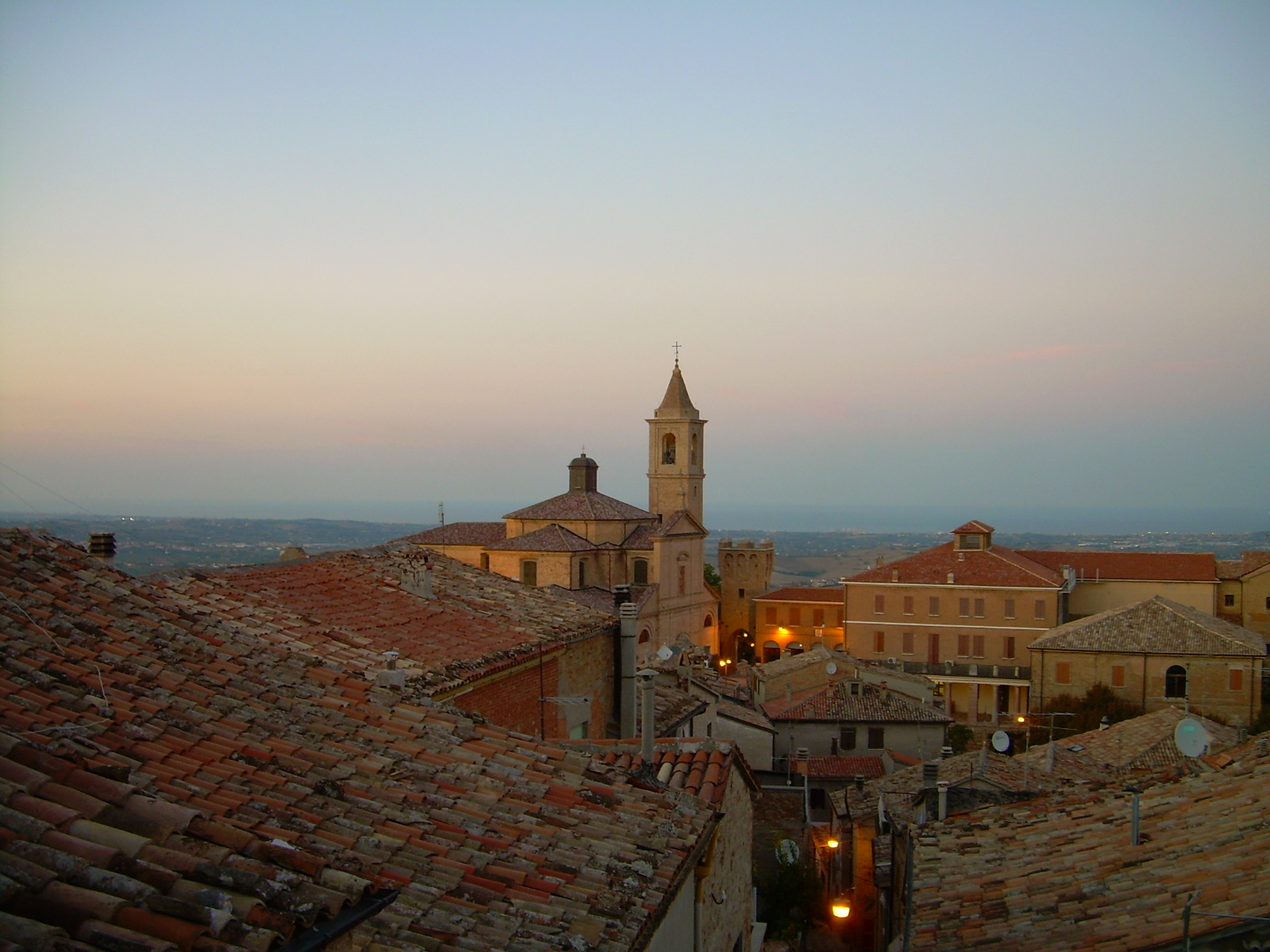
The city walls surrounded the medival town of Saludecio, which can be accessed trough the Marina and Montanara gates, joined by the elegant main streer. Saludecio, capital of the 18th century Val del Conca, represent one of the most fascinating villages in the entire valley. Not to be missed: “Saluserbe” which is held in spring and is a fair dedicated to medicinal herbs and “the 19th festival” event takes place the first week of August, much appreciated for show business, street artists, numerous food stands, markets and lots of beautiful music.
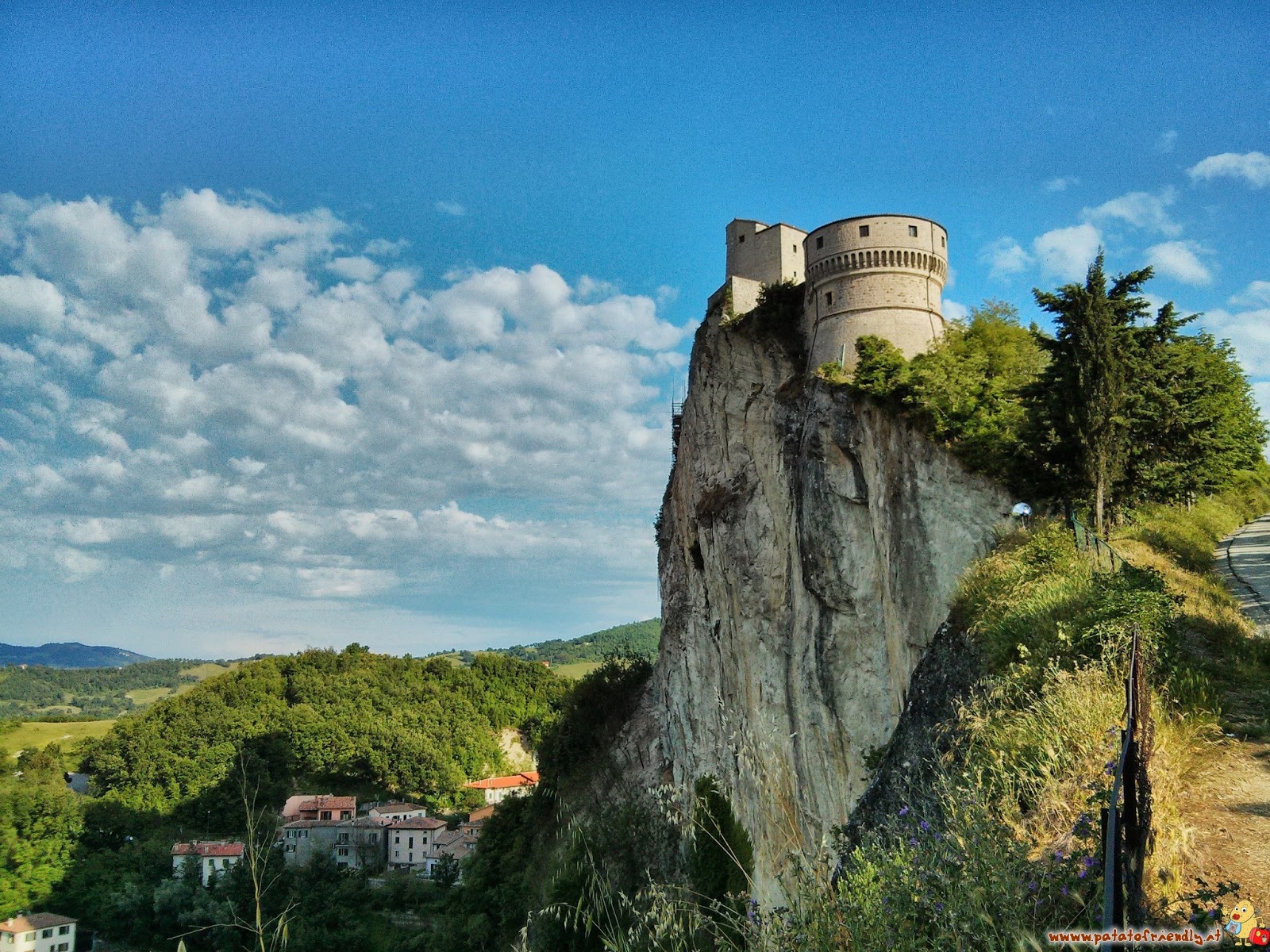
A pointed boulder surrounded by cliffs overhanging a sloping landscape from the Apennines to the sea; an overlapping of rocky houses, a bell tower and a superb fortress. An intertwining of history and legend, of the sacred and the profane: all this is San Leo. Used in ancient times as a sacred hill for the pagan gods, in the 3rd century it was considered by Leo, a stone cutter arrived from Dalmatia together with Marino, an ideal place to spread the Christian religion. In the historical center of the city, you can visit a monumental complex of unique religious character, which makes San Leo a real "City of Art": Pieve, Duomo, Bell Tower and convent of Saint Igne. San Leo is also known for the mysterious figure of Count Cagliostro, imprisoned in the Fort and died there in 1795.
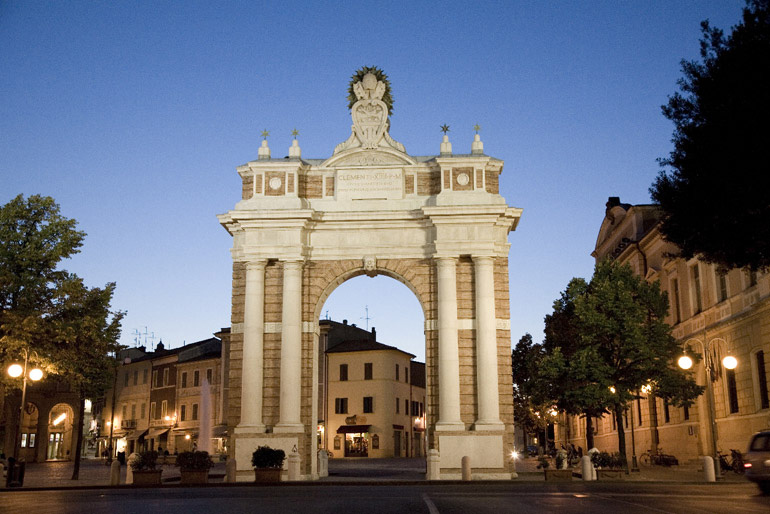
Curiosity and historical testimonies, are important elements that the city of Santarcangelo can offer. Unique and valuables are the caves dug in the tuff of the Jovus hill. Of historical importance is the Rocca Malatestiana, characterized by large rooms furnished with antique forniture. A few kilometers from the city center it’s possible to visit the “tomb” of San Martino dei Mulini, a fortified farmhouse. The Clock Tower or Big Bell, symbolize the most important laical testimony of the city. Not to be miss the ancient Miller’s shop, where the famous rust clothes are printed. Santarcangelo birthplace of the poet Tonino Guerra, of the painter Guido Cagnacci and of the historian Gioacchino Volpe.
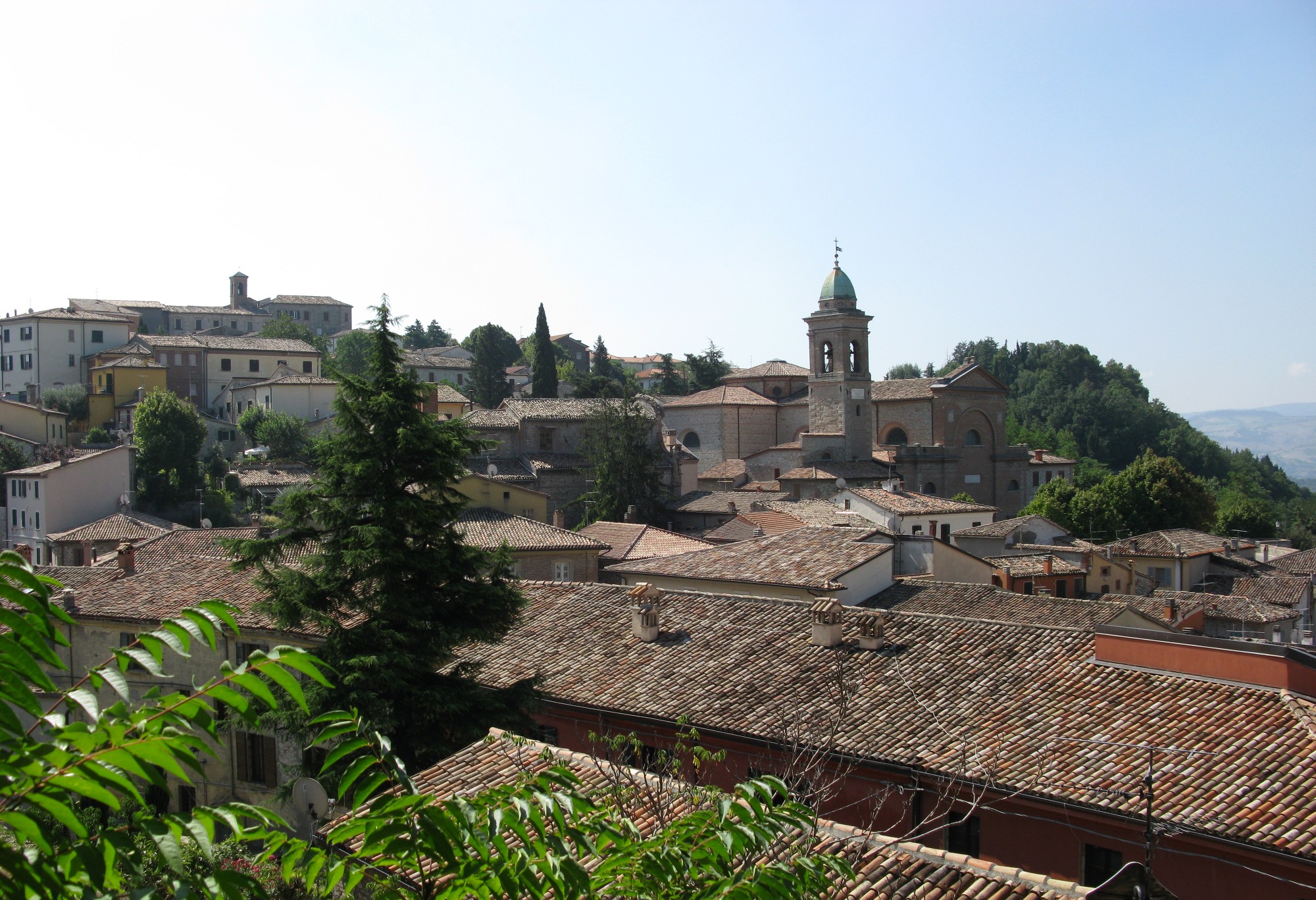
Verucchio has a very ancient soul, it dates back to a prehistoric civilization, lived during the Iron Age, one of the most incredible in Italy. The town dedicates an important archaeological museum to this civilization. Verucchio from its spur of rock dominates the whole valley. Strategic position at the time of the Malatesta, where even today it is possible to visit the ancient Rocca del Sasso, used mainly for military functions. Verucchio offers special events to the summer tourists, such as the "parade of August" (on the15th of August) where the story is recalled with a late medieval atmosphere using very suggestive scenography; and the typical Sangiovese festival (on the 2nd of August), an event in honor of the local wine.
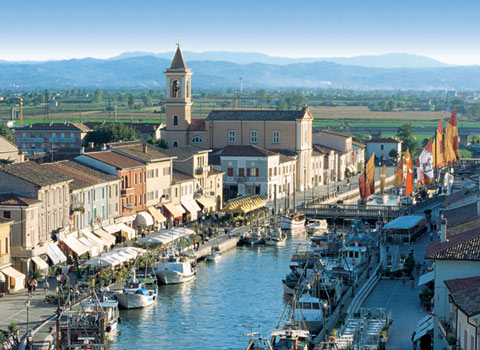
Gatteo
Gatteo mare is a pleasant city richs of events, divided to San Mauro Mare by the histrorical river Rubicone. Worth to be visit the famous bridge crossed by Julius Ceasar during the second civil war where you can see the buste bronze of the emperor. The medieval historical center of Gatteo houses many renowned sites like: the imposing Malatesta Castle, the 13th Saint Lawrence Church and the Oratory of Saint Rocco with its remarkable frescoes from the 15th century.
